Home>Garden Essentials>How And What To Grow As Floral Greenery
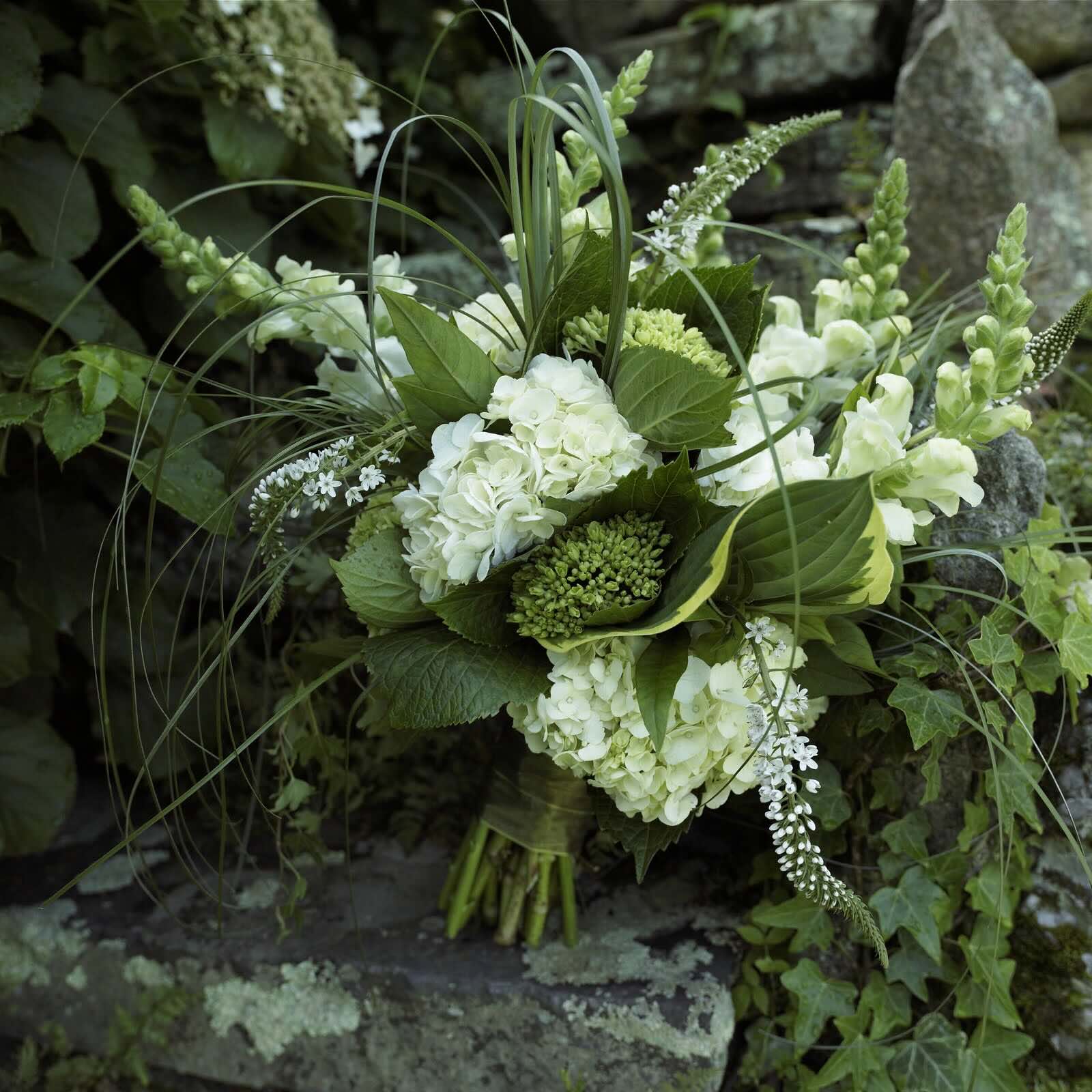

Garden Essentials
How And What To Grow As Floral Greenery
Modified: March 7, 2024
Learn how to grow a beautiful garden with lush floral greenery. Discover the best techniques and plants for a vibrant and captivating garden experience.
(Many of the links in this article redirect to a specific reviewed product. Your purchase of these products through affiliate links helps to generate commission for Storables.com, at no extra cost. Learn more)
Introduction
When you think of a beautiful and vibrant garden, images of blooming flowers and lush green plants likely come to mind. While flowers take center stage in many gardens, there is another element that can greatly enhance their visual appeal: floral greenery. Floral greenery refers to the leaves, stems, or branches of various plants that are used as fillers or accents in floral arrangements. These elements add texture, depth, and a touch of natural elegance to bouquets, centerpieces, and other floral displays.
Growing floral greenery not only adds a dynamic element to your garden but also offers a range of benefits. From the aesthetic appeal to the environmental advantages and economic opportunities, there is much to gain from incorporating floral greenery into your horticultural endeavors.
Aesthetic appeal: Floral greenery provides a visually pleasing backdrop for flowers, creating contrast and highlighting their vibrant colors. Whether it’s the delicate fronds of a fern, the cascading branches of ivy, or the silvery leaves of dusty miller, greenery adds layers of texture and interest that elevate the overall beauty of a floral arrangement.
Environmental benefits: Greenery plants play a crucial role in maintaining a healthy ecosystem. They help improve air quality by absorbing carbon dioxide and releasing oxygen. Additionally, they contribute to soil health by preventing erosion and promoting water infiltration. By growing floral greenery, you are not only enhancing the beauty of your garden but also actively supporting a sustainable environment.
Economic opportunities: The demand for floral greenery is growing as more people opt for natural and sustainable floral arrangements. By cultivating specific types of floral greenery, you can tap into a market that includes florists, event planners, wedding designers, and retailers. This presents an opportunity to generate income by selling your homegrown greenery locally or through online platforms.
However, before you dive into growing floral greenery, there are several factors to consider. The climate and growing conditions in your area, the space and resources available to you, the time and effort you can commit, and the market demand for certain types of greenery should all be taken into account. By carefully considering these factors, you will be better equipped to choose the most suitable floral greenery varieties and cultivate them successfully.
In the following sections, we will explore popular types of floral greenery to grow, discuss the various growing methods, examine essential growing requirements, learn about harvesting and preservation techniques, and explore marketing and selling opportunities. So, let’s embark on this journey to discover the world of floral greenery and unlock its potential in your garden and beyond.
Key Takeaways:
- Growing floral greenery enhances the beauty of floral arrangements, supports a sustainable environment, and offers economic opportunities for gardeners and businesses alike.
- Consider climate, space, time commitment, and market demand when growing floral greenery to ensure successful cultivation and selection of suitable varieties.
Read more: What Greenery Will Grow In Winter
Benefits of Growing Floral Greenery
When it comes to creating visually stunning floral arrangements, the importance of floral greenery cannot be overstated. These foliage elements not only add depth and texture to bouquets but also offer a range of benefits that enhance the overall appeal. Let’s take a closer look at the advantages of growing floral greenery in your garden.
Aesthetic appeal
One of the primary reasons to grow floral greenery is for its aesthetic appeal. The lush leaves, delicate fronds, and cascading branches of greenery plants provide a visually pleasing backdrop for flowers. Whether you’re arranging a bouquet, a centerpiece, or a wreath, incorporating greenery adds layers of interest and brings a natural element to the composition. From the vibrant green hues of ivy to the silvery-gray foliage of dusty miller, there are a plethora of options to choose from based on your desired aesthetic.
Environmental benefits
In addition to the aesthetic advantages, growing floral greenery also provides environmental benefits. Greenery plants play a crucial role in maintaining a healthy and balanced ecosystem. They absorb carbon dioxide and release oxygen through photosynthesis, contributing to improved air quality in your garden. The roots of these plants help prevent soil erosion and promote water infiltration, leading to better water management. By growing floral greenery, you are actively contributing to a more sustainable environment.
Economic opportunities
Another significant benefit of growing floral greenery is the potential for economic opportunities. As the demand for natural and sustainable floral arrangements continues to rise, there are increasing opportunities to capitalize on this trend. By cultivating specific types of greenery, you can tap into a market that includes florists, event planners, wedding designers, and retailers. Selling your homegrown greenery locally or through online platforms can provide a source of income and a chance to showcase your gardening skills.
Whether you are a hobbyist gardener or a professional floral designer, growing floral greenery offers a multitude of benefits. Not only does it enhance the beauty and visual impact of floral arrangements, but it also supports a sustainable environment and provides opportunities for economic growth. So, why not explore the world of floral greenery and start growing these delightful foliage plants in your garden?
Factors to Consider Before Growing Floral Greenery
Before delving into the world of growing floral greenery, there are several important factors to consider. These factors will help guide your decision-making process and ensure the success of your greenery cultivation. Let’s explore the key considerations that should be taken into account.
Climate and growing conditions
The climate and growing conditions in your area play a crucial role in determining which types of floral greenery will thrive in your garden. Different plants have specific temperature and humidity requirements, so it is essential to choose varieties that are well-suited to your local climate. Research the hardiness zones and consider factors like sunlight exposure and soil type to assess whether your garden can provide the ideal growing conditions for your chosen greenery plants.
Space requirements
Another factor to consider before growing floral greenery is the amount of space available to you. Some greenery plants, such as ivy or ferns, can be quite invasive and require ample room to spread. Others may have specific growth habits that need vertical support or trellises. Assess the size and layout of your garden to determine how much space you can allocate to growing greenery and choose varieties that will comfortably fit within your available area.
Time and effort commitment
Growing floral greenery requires a certain level of time and effort commitment. Some varieties may have specific care requirements, such as regular pruning, fertilization, or pest control measures. Consider the amount of time you can dedicate to tending to your greenery plants and choose varieties that align with your available resources. If you have limited time, opt for low-maintenance greenery options that require minimal attention and care.
Market demand
While growing floral greenery can be a rewarding personal endeavor, it is also beneficial to consider the market demand for specific types of greenery. If you are planning to sell your greenery or supply to local florists and retailers, research the current trends and preferences in the floral industry. Identify popular varieties that are in demand and have a higher likelihood of generating interest and sales. This market-oriented approach ensures that you grow greenery plants that have commercial potential and appeal to potential customers.
By carefully considering these factors before growing floral greenery, you can set yourself up for success and ensure that your greenery cultivation aligns with your specific circumstances and goals. Taking into account the climate, space, time commitment, and market demand will help you make informed decisions and create a flourishing garden filled with beautiful and sought-after greenery plants.
Popular Types of Floral Greenery to Grow
When it comes to choosing floral greenery for your garden, there is a wide range of options to consider. Each variety has its own unique characteristics, adding texture, color, and visual interest to floral arrangements. Let’s explore some of the popular types of floral greenery that you can grow:
Eucalyptus
Eucalyptus is prized for its stunning foliage, characterized by its silvery blue-green color and aromatic scent. It adds a touch of elegance and sophistication to floral arrangements and is often used in various styles, from rustic to modern. Eucalyptus offers excellent versatility and pairs well with a range of other flowers and greenery, making it a popular choice among florists and DIY enthusiasts alike.
Ferns
Ferns are delicate and lush, with their feathery fronds adding a touch of natural grace to floral displays. They come in various shapes and sizes, from the tall and elegant sword fern to the compact and intricate maidenhair fern. Ferns thrive in shady areas and moist soil, making them ideal for adding depth and texture in the understory of a garden or as accents in bouquets and centerpieces.
Ivy
Ivy is renowned for its trailing and climbing vines, which add a sense of whimsy and romance to floral arrangements. The glossy leaves of ivy come in different colors, including deep green, variegated, and even golden hues. Ivy is incredibly versatile and can be used to create cascading elements in arrangements, wreaths, or as a backdrop for other flowers. Its ability to adapt to various lighting conditions makes it a popular choice for both indoor and outdoor gardening.
Baby’s Breath
Baby’s Breath, also known as Gypsophila, is a delicate, cloud-like greenery that is often used as a filler in floral arrangements. With its small white flowers and abundant tiny leaves, it adds volume and airiness to bouquets, making it a staple in wedding arrangements and romantic displays. Baby’s Breath is easy to grow and has a long vase life, making it a go-to choice for florists and flower enthusiasts.
Dusty Miller
Dusty Miller is prized for its soft, silvery-gray foliage, which adds a subtle touch of color and texture to floral compositions. This cool-toned greenery is a favorite among floral designers, as it contrasts beautifully with vibrant blooms and adds a touch of elegance to arrangements. Its velvety leaves make Dusty Miller a popular choice for both fresh and dried floral designs.
Leatherleaf Fern
The Leatherleaf Fern is a robust and hearty greenery plant that features large, glossy leaves. It adds a luxurious and tropical feel to arrangements with its vibrant green color and bold texture. Leatherleaf Fern is highly versatile and can be used as a statement piece or as a supporting element in bouquets, centerpieces, and creative floral displays.
Plumosus Fern
Plumosus Fern, also known as Asparagus Fern, is a delicate and feathery greenery that adds a light and airy vibe to floral arrangements. Its lacy, bright green foliage adds movement and texture, making it a popular choice for cascading bouquets or as a filler in larger floral designs. Plumosus Fern is an excellent choice for adding a whimsical touch to any floral creation.
Pittosporum
Pittosporum is a versatile greenery option that comes in various species, each with its own unique leaf shapes and colors. From the glossy green leaves of Pittosporum tobira to the variegated foliage of Pittosporum tenuifolium ‘Variegatum,’ these plants offer a range of options for adding texture, color, and form to floral arrangements. Pittosporum has a long vase life and a delightful scent, making it a popular choice for adding interest and depth to floral designs.
These are just a few examples of the many types of floral greenery available to grow in your garden. Each one offers its own distinct beauty and contributes to the overall elegance and visual appeal of floral arrangements. So, consider your preferences, climatic conditions, and design vision, and choose the floral greenery that will bring life and sophistication to your garden and floral creations.
Choosing the Right Growing Method
When it comes to growing floral greenery, there are several methods you can choose from to propagate and establish your plants. Each method has its own advantages and considerations, so it’s important to understand which approach is best suited for the specific type of greenery you want to grow. Let’s explore three common growing methods: seeds, cuttings, and transplants.
Seeds
Growing floral greenery from seeds is an affordable and rewarding method. It allows you to start your greenery plants from scratch and gives you a wide variety of options when it comes to choosing different cultivars and varieties. However, it’s important to note that some floral greenery plants have specific requirements for successful seed germination. Some seeds may need to be stratified or soaked before sowing to simulate natural weather conditions. Additionally, the germination period for certain seeds can be lengthy, requiring patience and proper care. Nevertheless, growing greenery from seeds gives you the opportunity to witness the entire life cycle of the plant, from seed to mature foliage.
Read more: How To Make Greenery From Pineapple Growing
Cuttings
Using cuttings to propagate floral greenery plants is a common and effective method, especially for those species that readily root from stem or leaf cuttings. This process involves removing a portion of a mature plant and encouraging it to develop roots and grow as a new individual. Cuttings can be taken from stems, leaves, or even roots, depending on the specific plant. The advantage of using cuttings is that they have the genetic makeup identical to the parent plant, ensuring the preservation of desirable traits. By carefully preparing and caring for the cuttings, providing the right conditions for rooting, and monitoring their progress, you can establish new greenery plants relatively quickly.
Transplants
Transplanting is a method of moving young plants from their original containers or locations to new beds or pots. This method is commonly used when seedlings or young greenery plants are first established and later transferred to larger growing spaces. Transplants are often purchased from nurseries or grown from seeds or cuttings yourself and then moved to the desired location. This method is advantageous when you want to speed up the growth process or when direct sowing is not practical. However, it’s important to handle young transplants with care, ensuring they are well-acclimated to their new environment and provided with the necessary care to ensure their survival and establishment.
When choosing the right growing method for your floral greenery, consider factors such as the specific type of greenery plant, your resources, and your personal preferences. Seeds provide the opportunity for starting from scratch and exploring a wide range of varieties. Cuttings ensure the replication of desirable traits and can yield new plants relatively quickly. Transplants offer a way to establish young plants and accelerate the growth process. By selecting the most suitable growing method, you can successfully propagate your floral greenery and ensure a thriving and diverse garden.
Essential Growing Requirements for Floral Greenery
Growing floral greenery successfully requires providing the right growing conditions to ensure the health and vitality of the plants. Understanding and fulfilling the essential growing requirements of floral greenery is crucial for their overall growth and development. Let’s explore the key factors to consider when it comes to providing the ideal environment for your greenery.
Light and temperature
Proper lighting is vital for the growth of floral greenery. Most greenery plants thrive in bright, indirect light. However, different varieties have varying light requirements. Some plants, such as ferns, thrive in shady conditions, while others, like ivy, can tolerate a wider range of lighting conditions. It’s important to research the specific light preferences of your chosen greenery plants and provide them with the appropriate lighting levels accordingly.
Temperature is another critical factor to consider. Each type of floral greenery has its own tolerance for temperature fluctuations. Some plants, like eucalyptus, prefer warmer temperatures, while others, such as ferns, thrive in cooler environments. Understanding the temperature range that your chosen greenery plants require and ensuring they are kept within that range will help promote healthy growth and overall success.
Read more: What Are Floral Arrangements
Soil and water
The right soil composition and proper watering are key to the success of floral greenery. Greenery plants generally prefer well-draining soil that is rich in organic matter. The soil should allow water to pass through easily and should not become waterlogged, as this can lead to root rot and other issues. Depending on the specific needs of your greenery plants, you may need to amend the soil with compost or other organic material to improve its fertility and drainage.
Watering requirements vary among different floral greenery plants. Some plants prefer consistently moist soil, while others prefer periods of drying out between waterings. It’s important to understand the specific watering needs of your chosen greenery plants and water them accordingly. Overwatering or underwatering can lead to stress, root problems, or even plant death. Regularly monitor the soil moisture and adjust your watering routine as necessary to provide optimal conditions for your greenery plants.
Fertilization and pest control
Proper fertilization and pest control are essential for the health and vigor of floral greenery. Greenery plants benefit from periodic feeding with a balanced fertilizer formulated for foliage plants. This provides them with the necessary nutrients to support healthy growth and vibrant foliage. Follow the recommended application rates and schedule for the specific fertilizer you are using, and be mindful not to overfertilize, as this can lead to nutrient imbalances and damage to the plants.
Pest control is another important aspect of growing floral greenery. Common pests that affect greenery plants include aphids, mealybugs, spider mites, and scale insects. Regularly inspect your plants for any signs of infestation and take appropriate measures to control and prevent pest outbreaks. This may include using organic insecticides, applying natural remedies, or practicing cultural controls, such as ensuring good airflow and removing infested plant materials.
By providing the right environment and addressing the essential growing requirements of floral greenery, you can ensure the health and vitality of your plants. From providing proper lighting and temperature conditions to choosing the right soil and implementing appropriate watering practices, as well as fertilizing and managing pests effectively, you will create an ideal growing environment for your greenery plants to thrive.
Harvesting and Preservation Techniques
Harvesting and preserving floral greenery properly is essential for maintaining the quality and longevity of these beautiful foliage plants. By following proper techniques and timing, handling the harvested greenery with care, and using effective preservation methods, you can ensure that your floral greenery remains fresh and vibrant. Let’s explore the key aspects of harvesting and preserving floral greenery.
Proper timing and techniques for cutting
Timing is crucial when it comes to harvesting floral greenery. It’s best to harvest greenery in the early morning or late evening when the plants are well-hydrated and temperatures are cooler. Each type of greenery has its own specific harvesting requirements. For instance, ferns are typically harvested when the fronds are fully mature but before they start to unfurl. Ivy stems are best harvested when they are long and pliable. Research the specific harvesting guidelines for your chosen greenery plants to ensure you cut them at the optimal time for maximum freshness and longevity.
When cutting floral greenery, use sharp and clean pruners or scissors to make clean cuts at a 45-degree angle. This helps promote better water absorption and reduces the risk of introducing pathogens into the plant. Remove any lower leaves or damaged foliage on the stems to ensure a clean and visually appealing presentation.
Read more: What Greenery Goes With Eucalyptus
Post-harvest handling and processing
After harvesting, proper post-harvest handling is crucial to maintain the quality and freshness of floral greenery. Immediately place the cut greenery stems in a bucket of water to keep them hydrated and prevent wilting. Remove any leaves that would be submerged in the water to prevent bacterial growth and water pollution. Keep the cut greenery in a cool, shaded area while you prepare them for further processing or arrangements.
If you plan to use the floral greenery in arrangements or bouquets, strip any excess leaves that would be below the waterline to prevent contamination and promote better water uptake. Recut the stems at a 45-degree angle and place them in clean water with floral preservatives to extend their vase life.
Drying and preserving methods
If you want to preserve your floral greenery for long-lasting use, drying and preserving methods can be employed. Drying allows you to retain the shape and color of the greenery, making it suitable for various craft projects and dried flower arrangements. Hang small bunches of greenery upside down in a dry and well-ventilated area away from direct sunlight. This allows the foliage to dry naturally and retain its beauty for an extended period. You can also use desiccants, such as silica gel or drying agents, to speed up the drying process.
Another preserving method involves using glycerin or a mixture of glycerin and water. This technique, known as glycerin preservation, helps avert wilting and maintains the suppleness and natural color of the greenery. Simply submerge the stems or foliage in the glycerin mixture for a few weeks to preserve them. This method is particularly useful for ferns, eucalyptus, and other delicate greenery.
By following these harvesting and preservation techniques, you can ensure the longevity and quality of your floral greenery. Whether you choose to use the greenery fresh in floral arrangements or preserve it for future use, proper handling, cutting, and preservation methods will help you make the most out of your stunning foliage plants.
Marketing and Selling Floral Greenery
Once you have cultivated and harvested your stunning floral greenery, the next step is to market and sell it effectively. Whether you are a small-scale home gardener looking to generate some extra income or a larger operation seeking to tap into the floral industry, implementing strategic marketing and sales approaches can help you reach potential customers and maximize your business opportunities. Let’s explore some effective avenues for marketing and selling your floral greenery.
Local florists and flower shops
Establishing partnerships with local florists and flower shops can be a fruitful avenue for selling your floral greenery. Florists are often on the lookout for high-quality foliage to complement their flower arrangements. Approach local florists and introduce your greenery offerings, highlighting the unique qualities and variety of your products. Offer to provide samples or arrange a visit to your garden to showcase the quality and freshness of your greenery. Building strong relationships with florists can lead to recurring orders and repeat business.
Read more: What Are Greenery Panels
Farmers markets and floral wholesalers
Farmers markets provide an excellent platform to showcase and sell your floral greenery directly to customers. Make your presence known at local farmers markets, set up an attractive display of your greenery, and engage with potential buyers. Build relationships with customers by educating them about the different varieties and uses of floral greenery. Additionally, consider reaching out to floral wholesalers in your area. These wholesalers supply greenery to larger-scale operations, such as event planners, wedding venues, and floral designers. Connect with them, share your product catalog, and discuss potential collaborations.
Online platforms and direct sales
Take advantage of the convenience and reach of online platforms to expand your customer base and sell your floral greenery. Create a website or set up an online shop on platforms like Etsy, Shopify, or social media marketplaces. Showcase your greenery through high-quality product photos, detailed descriptions, and pricing information. Offer shipping options to reach customers beyond your local area. Additionally, consider offering direct sales to individuals or businesses in your community. Advertise your greenery through local community boards, social media groups, or word-of-mouth referrals to attract potential buyers.
Building customer relationships
Building strong customer relationships is key to long-term success in the floral greenery business. Provide exceptional customer service by promptly responding to inquiries, fulfilling orders on time, and ensuring the quality of your greenery. Consider offering personalized services, such as custom greenery arrangements or subscription services. Engage with customers through social media platforms, sharing gardening tips, greenery care advice, and behind-the-scenes glimpses of your garden. Encourage customer feedback and reviews to build trust and establish a positive reputation in the industry.
Remember, marketing and selling your floral greenery is an ongoing process. Continuously evaluate and refine your marketing strategies, identify new sales channels, and adapt to changing market demands. By maximizing your marketing efforts, establishing strong industry connections, and building loyal customer relationships, you can effectively sell your floral greenery and create a thriving and successful business.
Conclusion
Growing and incorporating floral greenery into your garden is a wonderful way to enhance the beauty, diversity, and appeal of your floral arrangements. Whether you are a passionate home gardener or aspiring to start a business in the floral industry, the journey of growing floral greenery offers a multitude of benefits and opportunities.
By understanding the factors to consider before growing floral greenery, such as climate, space, time commitment, and market demand, you can make informed decisions and select the most suitable varieties for your garden. Popular types of floral greenery, such as eucalyptus, ferns, ivy, and dusty miller, add texture, color, and elegance to your floral compositions.
Choosing the right growing method, whether it’s using seeds, cuttings, or transplants, allows you to propagate and establish your greenery plants effectively. Providing essential growing requirements, such as proper lighting, temperature, soil, water, fertilization, and pest control, ensures the health and vitality of your greenery.
When it comes time to harvest and preserve your floral greenery, following proper timing and techniques for cutting, handling the harvested greenery with care, and utilizing drying or preserving methods allow you to maintain their freshness and longevity for use in various floral creations.
Marketing and selling your floral greenery can be achieved through partnerships with local florists, participation in farmers markets, utilizing online platforms, and direct sales. Building strong relationships with customers and providing exceptional customer service are crucial for long-term success in the floral greenery business.
In conclusion, growing and integrating floral greenery into your garden is a captivating and rewarding endeavor. It allows you to add depth, texture, and a touch of nature’s elegance to your floral arrangements while contributing to a sustainable environment. Whether you are cultivating greenery for personal enjoyment or seeking to share your passion with others through sales, embracing the world of floral greenery will open up a world of creativity, opportunities, and natural beauty.
Frequently Asked Questions about How And What To Grow As Floral Greenery
Was this page helpful?
At Storables.com, we guarantee accurate and reliable information. Our content, validated by Expert Board Contributors, is crafted following stringent Editorial Policies. We're committed to providing you with well-researched, expert-backed insights for all your informational needs.
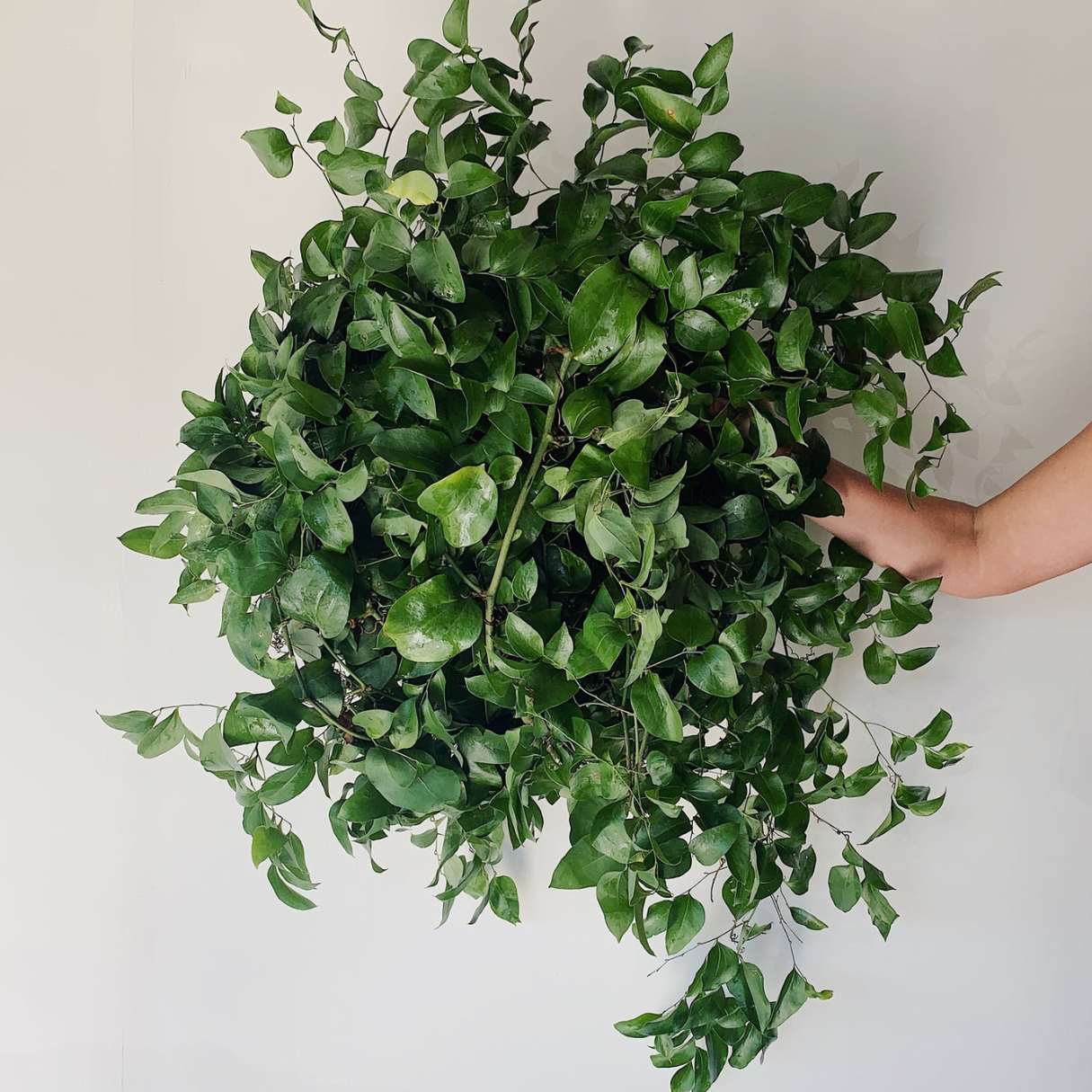
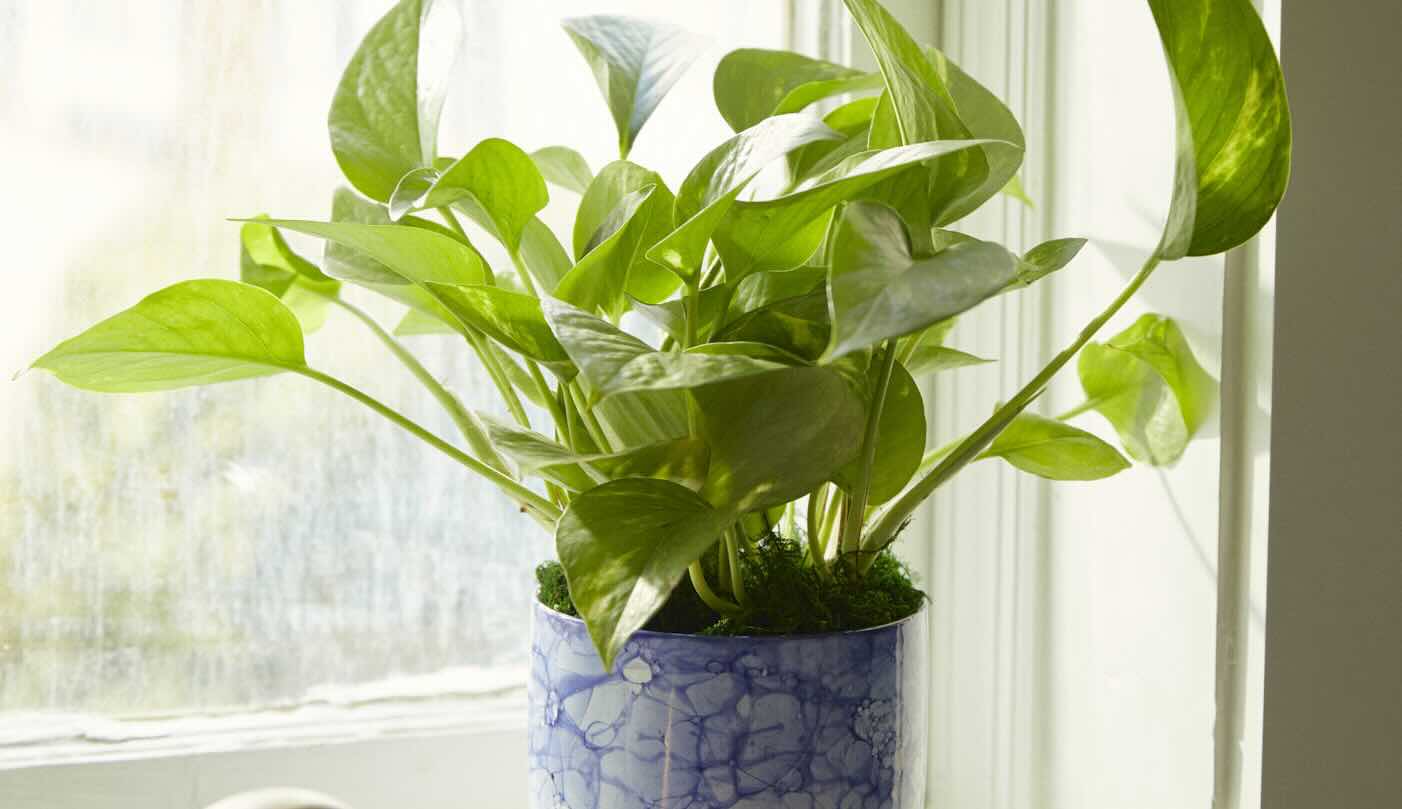

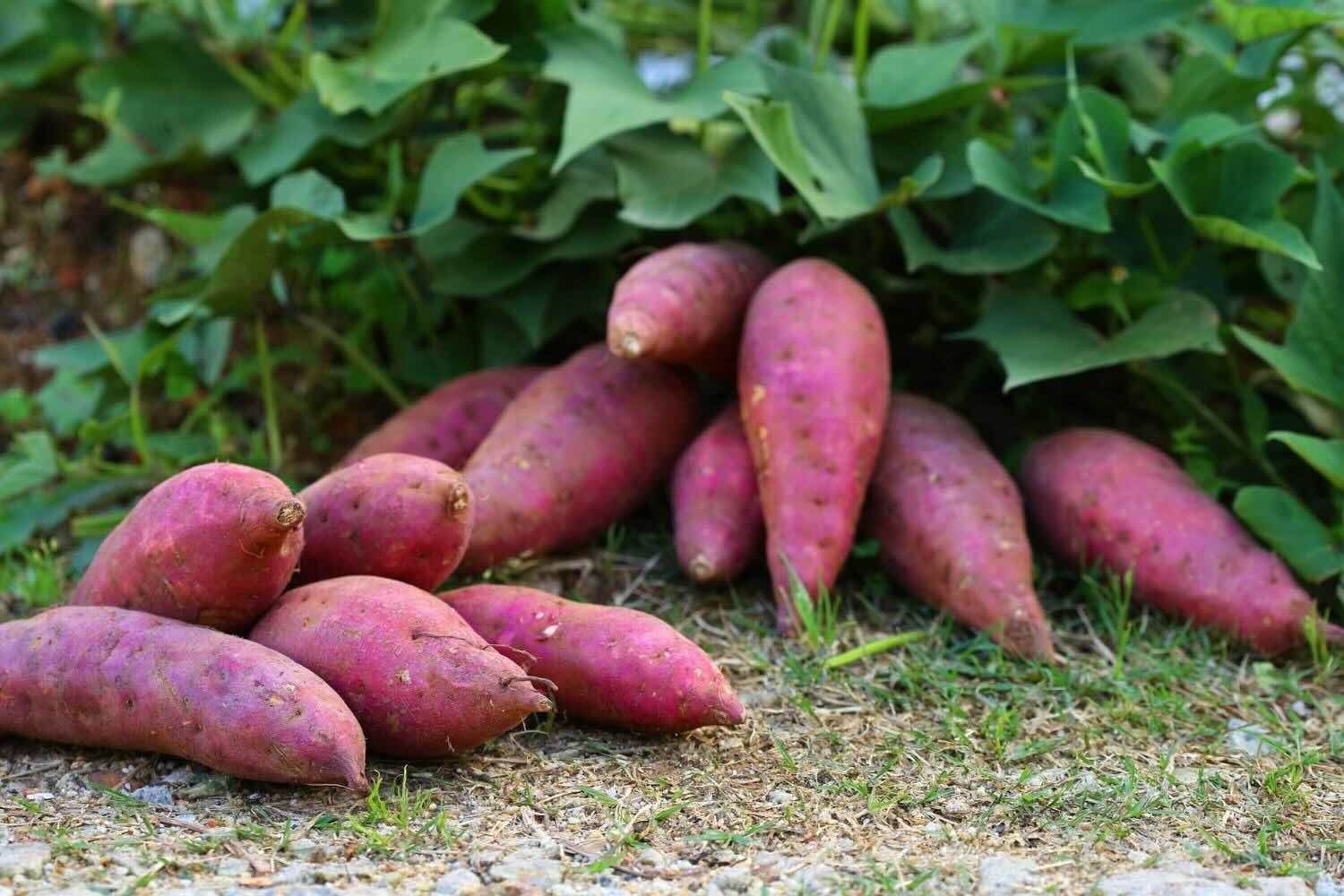
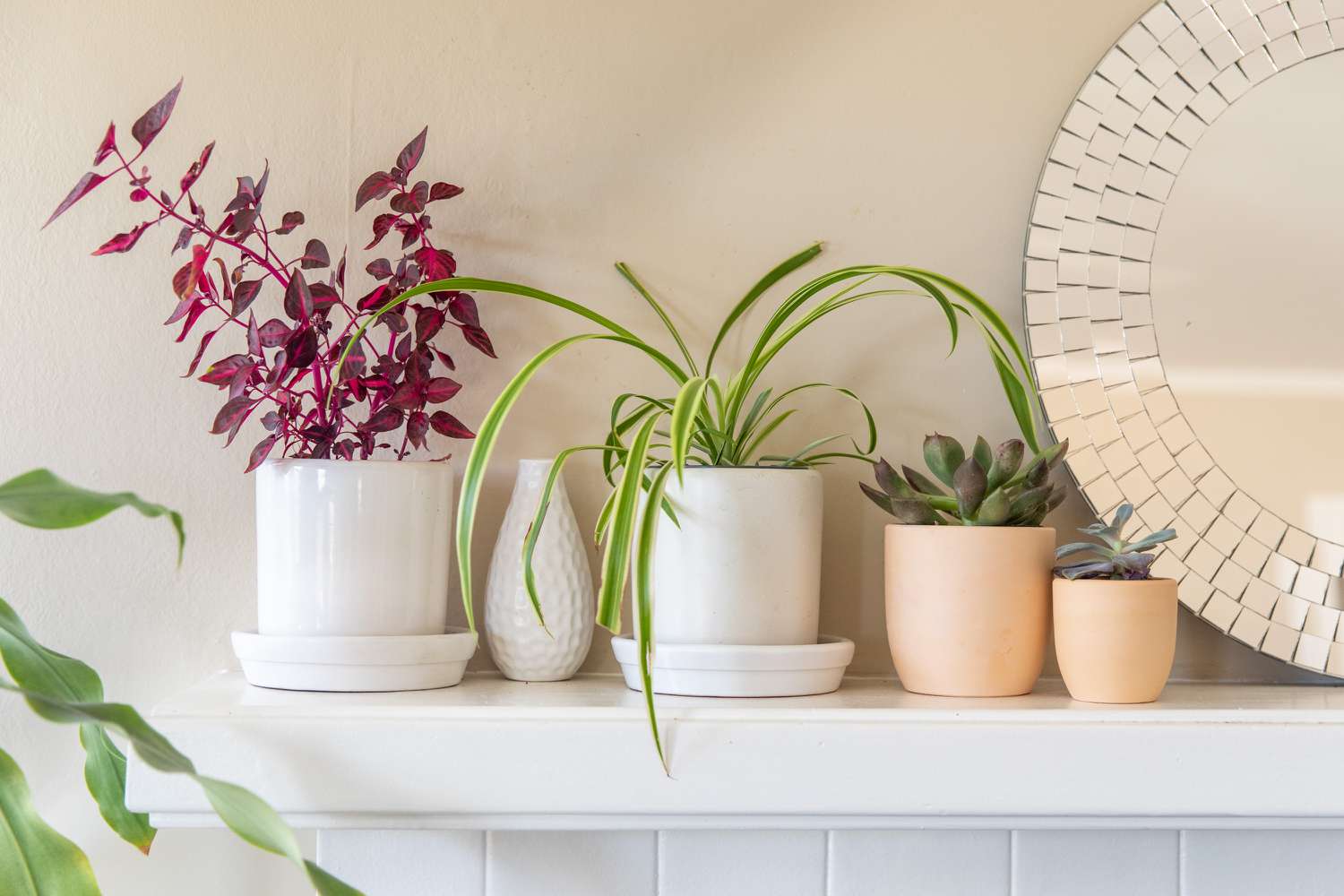
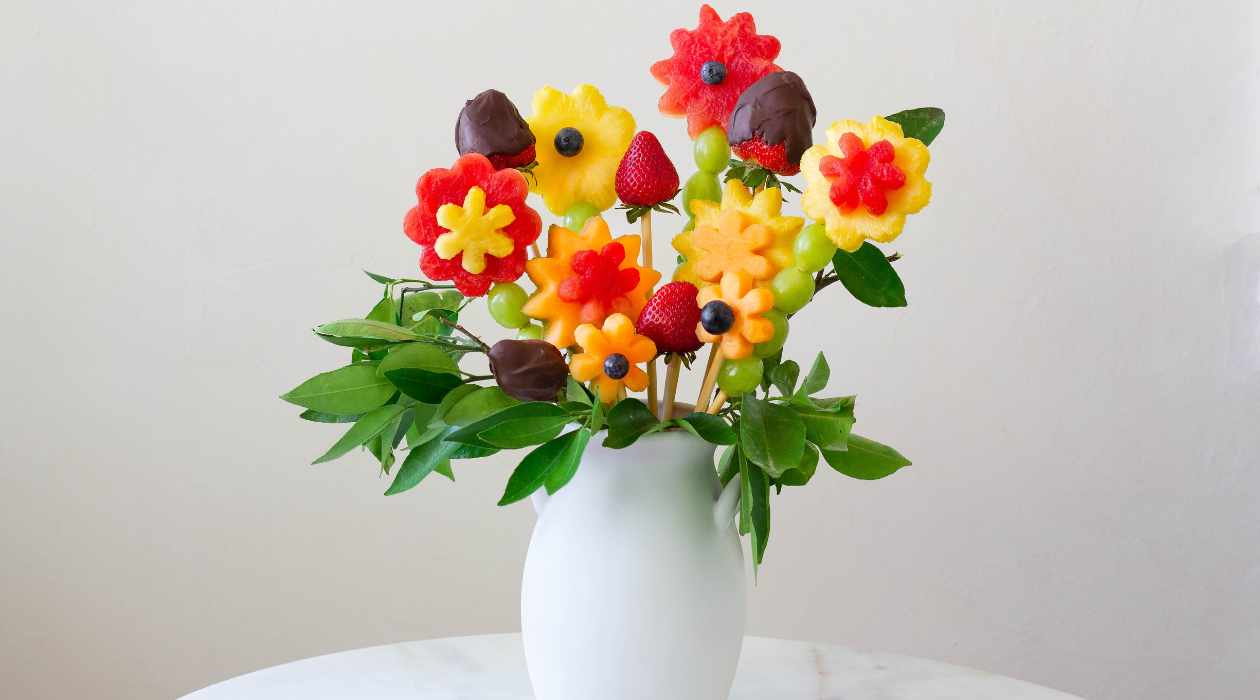
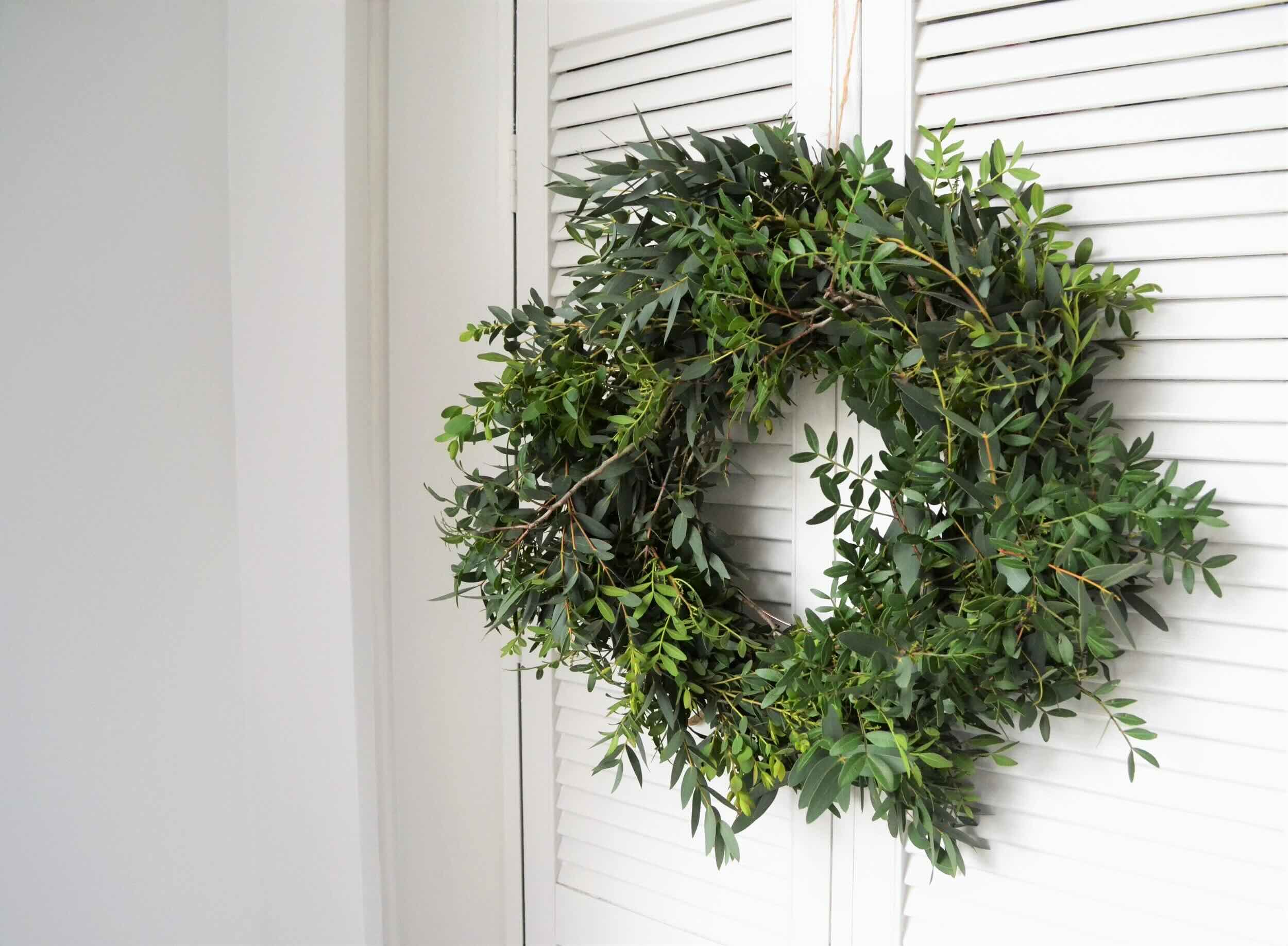

0 thoughts on “How And What To Grow As Floral Greenery”